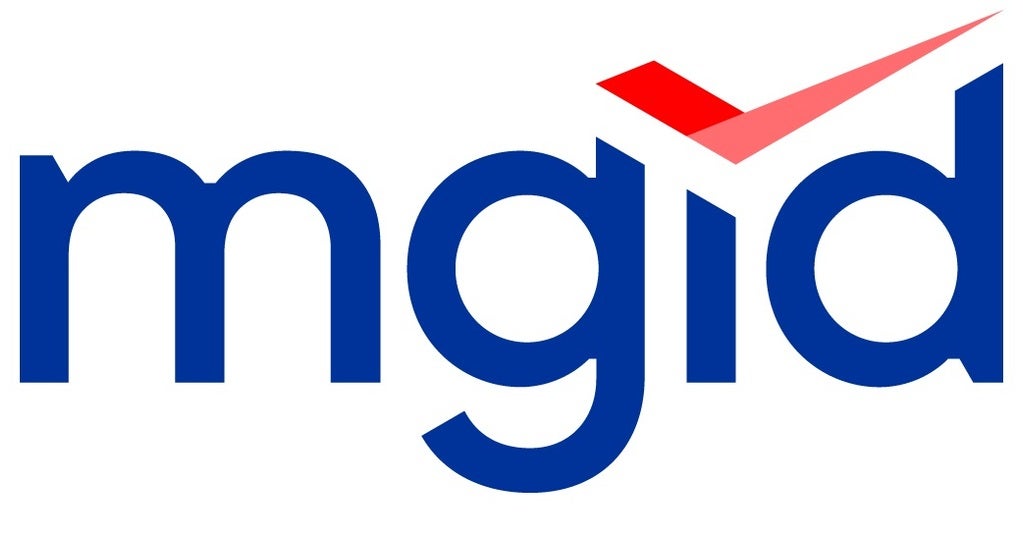“The Sell Sider” is a column written by the sell side of the digital media community.
Today’s column is written by Oleksii Borysov, VP of product at MGID.
In recent months, the IAB Tech Lab’s seller-defined audiences (SDA) have rapidly emerged as a strong contender for privacy-compliant audience classification. While this solution promotes consistent and transparent audience segmentation across the open web, it also assumes that publishers already have the necessary contextual relevance signals with which to accurately define their content and audiences.
But many publishers still rely on time-consuming, manual processes to assign categories to their content. These categories, in turn, are used to determine audience interests and behaviors on-site.
SDA may have established a standardized taxonomy for cohort creation, but how can publishers fully benefit if their contextual classification isn’t up to scratch?
What are seller-defined audiences?
Through SDA, the IAB Tech Lab has established a standardized audience taxonomy against which publishers or their data partners can match their audience characteristics. This creates essential consistency across data vendors.
The audience taxonomy also provides a clear framework to simplify segmentation approaches with a labeling system that identifies whether audience attributes are demographic, interest-based or related to purchase intent. This is important for addressability because if data vendors interpret audience characteristics differently, it’s difficult to compare across vendors.
In short, the IAB Tech Lab’s unified industry standard democratizes ID creation for the open web and gives publishers the rich cohorts they need to better monetize their inventory. And it’s fully privacy-compliant, relying on first-party data that can be scaled without being shared externally.
Classification is time consuming
Though promising, the SDA requires publishers to already have strong strong audience segments established. But scaling first-party data has long been an issue for publishers, particularly as demographic-based cohorts rely on website registrations that are often in short supply. Publishers usually partner with data management platforms (DMPs) to create interest-based audiences from users’ content and site interactions.
However, working with a DMP to enable SDA requires strong contextual relevance signals to inform audience creation. To obtain these signals, typical web publishers have a content management system (CMS) that assigns category values to pages.
But to further complicate matters, the IAB standard involves two different taxonomies – audience and content – which often require different tags and classifications for the same webpage.
The audience taxonomy provides common categorizations for audience segments so that all industry players are on the same page with consistent labeling of user data. In contrast, the content taxonomy relates to standardized descriptions of content, with the view of improving brand safety practices and contextual targeting.
A publisher’s writers and editors have to assign specific category tags to articles manually. This process is time consuming and error-prone, especially since multiple tags can apply to the same article.
Powering up contextual signals
Much of the manual labor required for these classifications is unsustainable. Publishers need to be able to define interest-based segments to match against SDA’s taxonomy quickly and easily for improved audience insights and monetization.
This is where machine-learning-based classifiers come into play, automating the process by analyzing the content on a webpage to decipher not only the subject matter but also its sentiment. These systems constantly digest and process information so they’re continuously learning and adjusting their outputs accordingly.
This real-time optimization eliminates human error, produces accurate page categorizations for improved audience definitions and better informs contextual targeting by interpreting the content’s appropriateness or relevance – all in line with the IAB Tech Lab’s content taxonomy.
Before publishers can begin to match their audiences against the SDA definitions, it’s essential that they first power up their contextual signals. Machine learning can take the tedium out of that process.
Follow MGID (@MGID) and AdExchanger (@adexchanger) on Twitter.















